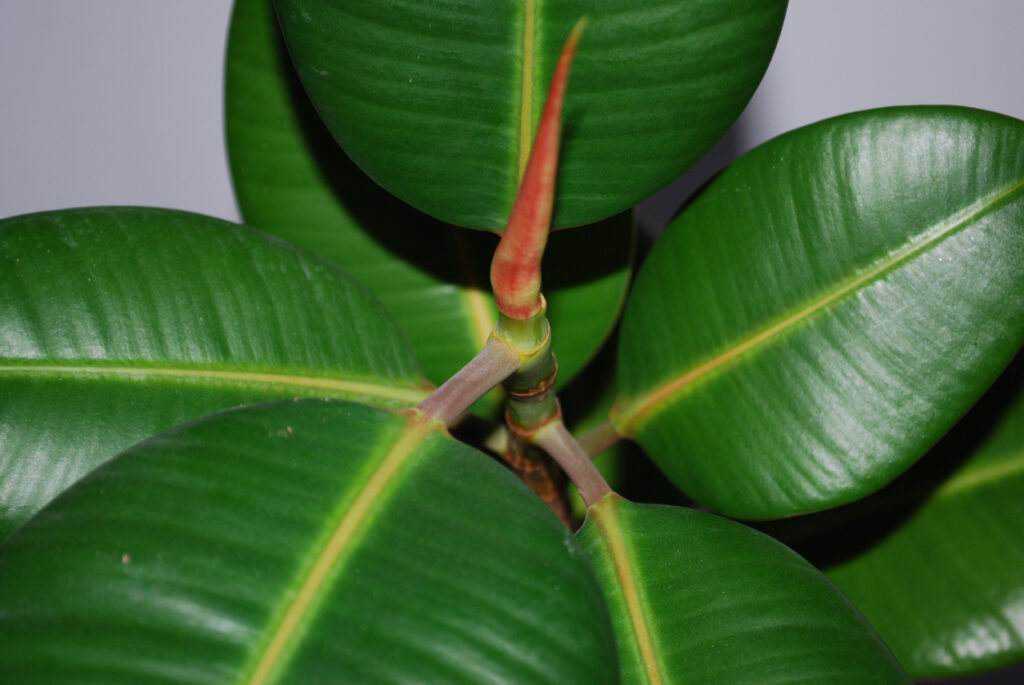9. ELEPHANT EAR

This attractive vining plant may grow to be extremely big with enormous leaves in addition to purifying the air. EE philos are quite tolerant of shade and have average watering requirements.
Particularly when formaldehyde concentrations are greater, this plant is a miracle worker in eliminating it.
Simply keep them out of young children’s grasp since they are harmful.
10. SNAKE PLANT

The Mother-In-Tongue Law’s plant is special because it produces oxygen at night and may clean the air by removing benzene, formaldehyde, trichloroethylene, xylene, and toluene.
In addition to being among the greatest indoor plants for clean air, snake plants are hardy and can survive in poor conditions. They thrive in pots and grow well with little water and sunshine.
11. RUBBER PLANT (FICUS)

While planted as low-maintenance houseplants, rubber plants (Ficus robusta) can enhance the quality of indoor air. Their substantial leaves have the capacity to break down airborne toxins, rendering them harmless. They take in exhaled carbon dioxide and transform it into oxygen for breathing. Additionally, rubber plants remove bacterial and mold spores from the air.
Rubber plants are tolerant of neglect, making it simple for people with little plant knowledge to cultivate them. It is best to let them dry out in between waterings.
12. CHRYSANTHEMUM

These lovely blossoms aid in the removal of a variety of pollutants, including as ammonia and benzene, which are frequently present in glue, plastics, and household cleaners.
Put this plant near a window that receives direct sunlight since it enjoys it. A chrysanthemum may provide color to your living room or kitchen.
Why does indoor air quality matter?
According to the Environmental Protection Agency, we spend nearly 90% of our time indoors, whether we’re sleeping, binge-watching Netflix, or working in an office. We are also subjected to indoor air pollution throughout that time spent indoors.
Causes of indoor air pollution
- furnishings
- carpet
- upholstery
- dry-cleaned clothing
- paint
- synthetic building materials
- cleaning products
- pesticides
- bacteria
- mold
- outdoor pollution that enters
Your coffee table certainly doesn’t come to mind when you think about gas emissions, but if it’s built of particleboard, it does. The upholstery on the furniture and the paint on the walls are only two more things in a house or workplace that emit volatile organic compounds (VOCs), such as formaldehyde.
Typically, indoor levels of VOCs are two to five times greater than outdoor levels. All of us are subject to some degree of indoor air pollution, and it’s probably not a problem. However, it can sometimes make you feel nauseous if the ventilation is poor or if you’re a particularly sensitive person. It is frequently referred to as “sick building syndrome,” and some of the symptoms include headaches, nausea, and exhaustion.
You’ll soon be able to breathe easier if you add a few clean air houseplants to the areas that you use the most, such as your bedroom, living room, or workplace. You might start by looking through my list of the top indoor plants that purify the air.








